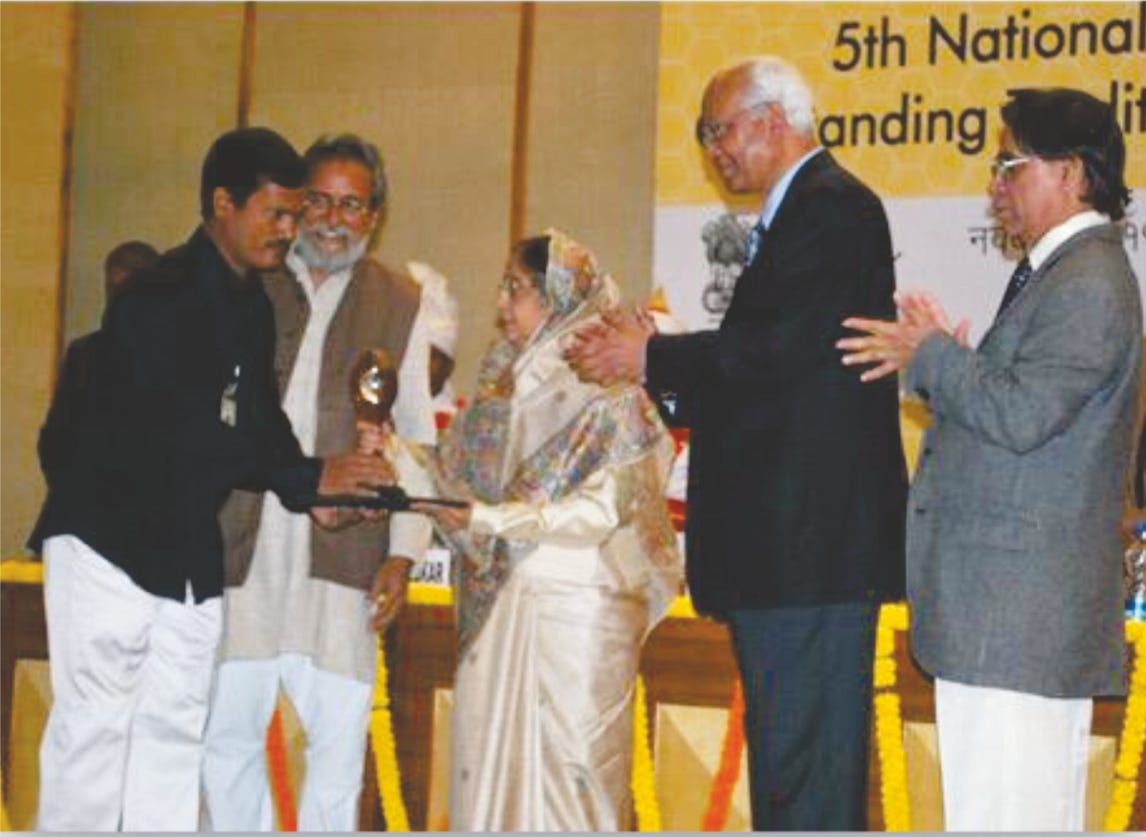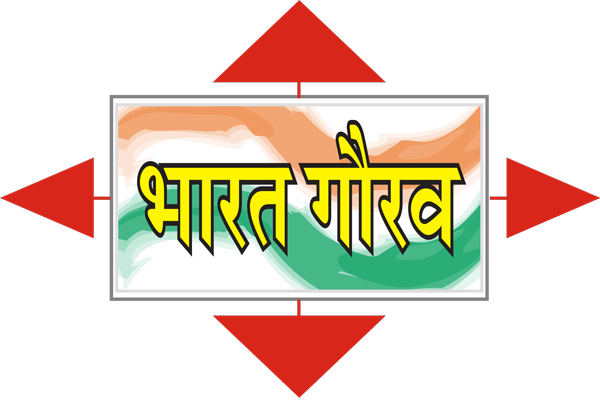
From a small village in Coimbatore, INDIA came a man who revolutionized menstrual hygiene. He is a household name in many villages and among youth. In a country where Menstruation is taboo and only 12% of women use sanitary pads, he came forward with innovation to break the taboo. He is the inventor of the world’s first Low-Cost Sanitary Pad Making Machine. It all started when he found his wife using unhygienic collecting filthy rags and newspapers to use during Menstruation.
Troubled by this, he started designing experimental pads. He wanted to provide a hygiene product for her and the rest is history. He tried the pads himself and he is called Menstrual Man. Initially, he made pads out of cotton, but these were rejected by his wife and sisters. Eventually, they stopped co-operating with him and refused to be the test subjects for his innovations. He realized that the raw materials cost ₹10 (14¢ US), but the end product sold for 40 times that price. He looked for female volunteers who could test his inventions, but most were too shy to discuss their menstrual issues with him. He started testing it on himself, using a bladder with animal blood but became the subject of ridicule when the “sanitary pad” was discovered in his village. As menstruation was a taboo subject in India, it left him ostracized by his community and family. He distributed his products free to girls in a local medical college, hoping that they would give him feedback.

It took him two years to discover that the commercial pads used cellulose fibers derived from pine bark wood pulp. The fibers helped the pads absorb while retaining shape. Imported machines that made the pads cost ₹35 million (US$490,000). he devised a low-cost machine that could be operated with minimal training. He sourced the processed pine wood pulp from a supplier in Mumbai, and the machines would grind, de-fibrate, press and sterilize the pads under ultraviolet light before packaging them for sale. The machine costs ₹65,000 (US$900).
He works with women groups and self-help groups across the world. His model is for the women by the women. Muruganantham’s invention is widely praised as a key step in changing women’s lives in India. The machine creates jobs and income for many women, and affordable pads enable many more women to earn their livelihood during menstruation. In addition to his own outreach, Muruganantham’s work has also inspired many other entrepreneurs to enter this area, including some who propose to use waste banana fiber or bamboo for the purpose.


This brought him widespread accolades He was featured as one of Time Magazine’s 100 Influential People of the world in the year 2014 along with Mr. Barack Obama, Mr. Narendra Modi, Mr. Vladimir Putin, and Mr. Pope Francis, Ms. Hillary Clinton, Mr. Jack Ma, and many leaders.
